Last updated on March 21st, 2024 at 02:10 pm
Succulents, under the care of a succulent, are resilient and captivating plants, celebrated for their ability to thrive in dry conditions by efficiently storing water. Their diverse shapes, sizes, and vibrant colors render them an attractive addition to any space. Despite their perceived low-maintenance nature, these plants require specific care to truly flourish. Even seasoned gardeners might face challenges when these seemingly hardy plants struggle. If you’ve encountered the dilemma of a succulent drying up, rest assured, you’re not alone. This guide aims to uncover the secrets behind nurturing these enchanting plants, offering valuable insights into successful care strategies for both indoor and outdoor environments.
Whether you’ve received an aloe vera as a present or picked up an echeveria during a shopping trip, understanding how to care for succulents is essential. Keep reading to uncover the secrets that ensure the well-being and delight of these botanical companions.
Contents
- 1 Tips For The Care Of A Succulent
- 1.1 Caution with Watering
- 1.2 Containers with Proper Drainage
- 1.3 Soil Conditions
- 1.4 Perfect Light Exposure For A Succulent
- 1.5 Color Vibrancy with Sunlight
- 1.6 Outdoor Time For The Care Of A Succulent
- 1.7 Winter Dormancy For A Succulent
- 1.8 Temperature Range For A Succulent
- 1.9 Proper Feeding For A Succulent
- 1.10 Keeping Succulents Clean
- 1.11 Protect A Succulent from Pests
- 2 FAQS
- 3 Author
Tips For The Care Of A Succulent
Follow these steps for the better care of a succulent plant:
Caution with Watering
One of the most common mistakes in the care of a succulent is overwatering. Succulents thrive in arid conditions and should only be watered when their planting medium or soil has completely dried out. A reliable watering method involves allowing the soil to absorb water by applying a controlled amount directly to the soil around the plant, ensuring it doesn’t sit in stagnant water. Signs of overwatering in succulents include yellowing, translucent leaves, which can become soft and prone to falling off easily when touched.
To maintain a succulent plant’s health, it’s essential to follow a ‘soak and dry’ approach: water thoroughly, then let the soil completely dry between watering sessions. Adjust the watering frequency based on factors like the succulent species, pot size, and environmental conditions, always ensuring the soil isn’t waterlogged to protect the plant’s root system.
Containers with Proper Drainage
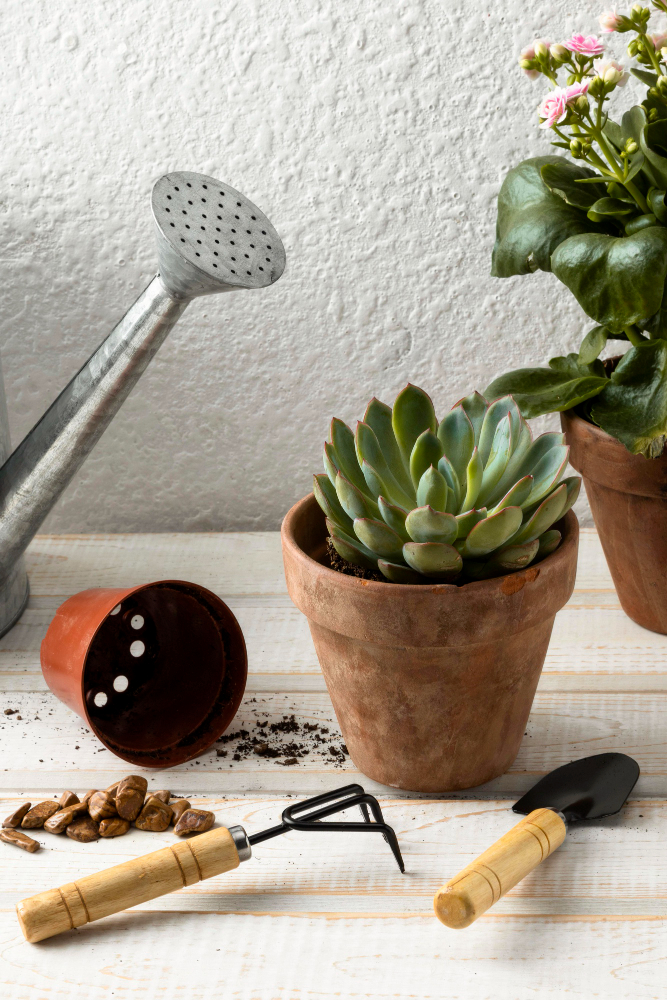
Image by Freepik
Ensuring good drainage is crucial for the care of a succulent and for keeping them healthy. To prevent issues like root problems caused by too much water, it’s vital to use pots with holes at the bottom. These holes let extra water drain out, avoiding soil that stays too wet, which isn’t suitable for succulents. Using pots made of materials like clay helps air reach the roots and lets the soil dry properly.
Beginners might like clay pots because they soak up water and dry quickly, while those learning more about plants can try other types like pottery or self-watering containers that have trays for extra water. But whatever type of pot is used, making sure there’s good drainage is important. If a pot doesn’t have holes, adding pebbles at the bottom can help stop too much water collecting and protect the roots of succulents.
Soil Conditions
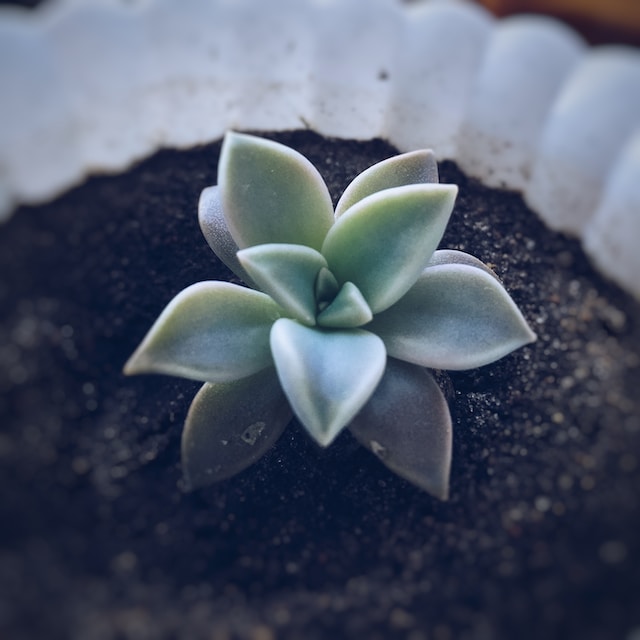
Once you’ve settled on the right containers, the next step is to fill them with suitable potting mix to ensure your plants receive the necessary nutrients. Succulents require well-draining soil, so typical potting soil or garden dirt won’t suffice. The most effective soil for drainage is usually porous and sandy. You have the option to purchase specialized succulent soil, often labeled as cactus soil, from stores.
Alternatively, in the care of a succulent, you can create your own potting mix by combining potting soil with materials like sand, pumice, or perlite. It’s crucial to handle succulent roots delicately, as they are quite fragile, especially when repotting. The ideal soil for succulents promotes airflow, discourages water retention, and aids in preventing water buildup around the roots, ultimately providing the necessary nutrients for their growth.
Perfect Light Exposure For A Succulent
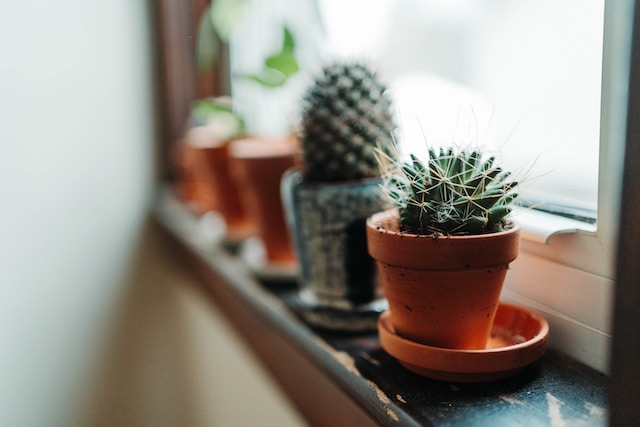
Getting the right amount of light is essential for succulents to grow well. They love sunlight, but how much they need their specific needs can vary. Generally, they do well with bright, indirect sunlight, so placing them near a sunny window or where they get lots of light during the day works fine. Watch out for signs like color changes or wilting, as this might mean they’re getting too much sun. New plants can be sensitive, so it’s good to introduce them slowly to full sunlight and use a sheer curtain for some shade.
Balancing sun and shade is important for the care of a succulent, too much sun can burn their leaves, while too little can make them grow weak. Green, yellow, or variegated succulents like more shade, while red, blue, gray, or spiky ones prefer more sunlight. Outdoors, a spot with morning sun and afternoon shade is perfect, and for indoor succulents, a sunny south-facing window is ideal for the light they need.
Color Vibrancy with Sunlight
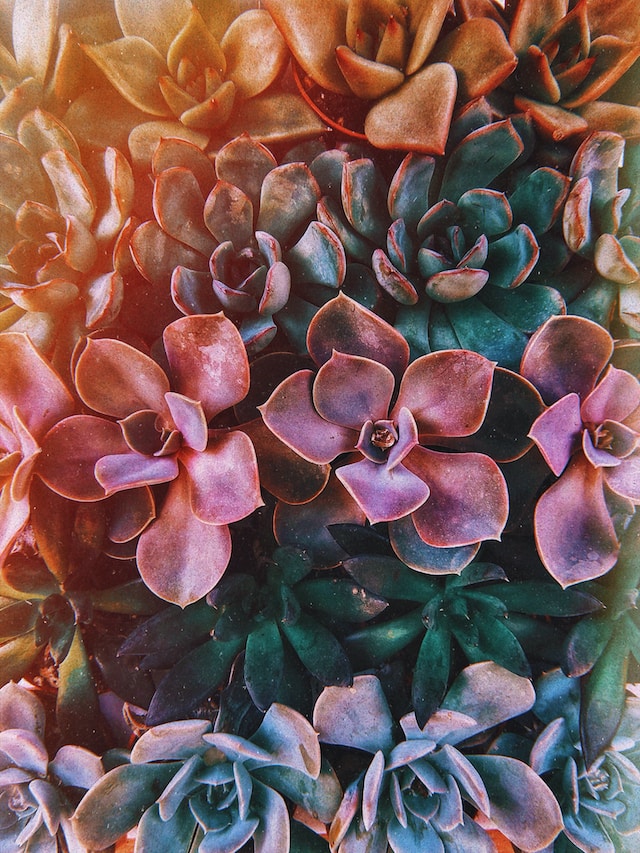
Colorful succulents, like aeoniums, paddle kalanchoes, sempervivums, and echeverias, need about six hours of sunlight daily to maintain their vibrant colors. They thrive when exposed to enough sunlight, but too little sun can make them turn green and stretch out. The best colors usually come out in spring when they get warm, sunny days and cool nights.
However, in the care of a succulent, they don’t need to be in the scorching sun all day. To moderate their sun exposure, especially for newly planted succulents prone to sunburn, consider using a light, semi-transparent cover. Adequate sunlight not only keeps succulents healthy but also brings out their most attractive and lively appearance by enhancing their vibrant hues.
Outdoor Time For The Care Of A Succulent
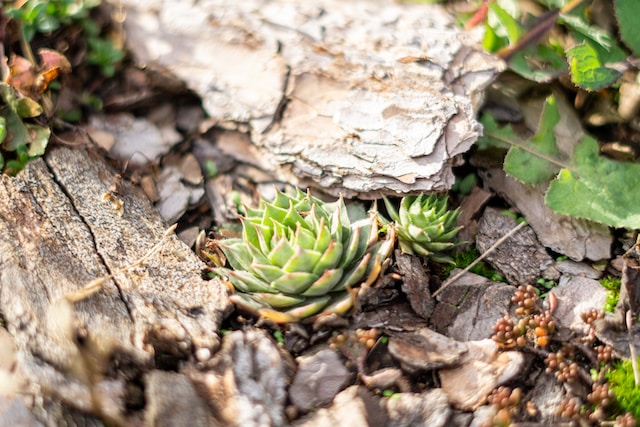
Giving your succulents time outdoors is part of the care of a succulent and can be beneficial for them. Even though they love direct sunlight, it’s important to rotate them now and then so that all sides get enough light. This helps them grow straight. Leaning towards the sun could mean they need more sunlight. Being outside in warmer seasons provides them with better airflow, natural sunlight, and exposure to nature, which helps them grow healthier.
During spring and summer, it’s nice to give your indoor succulents a break by placing them outside. Rainwater has good stuff like oxygen and minerals that tap water doesn’t, so let them enjoy the rain. Outdoors, they get better air circulation than inside. But be careful not to put them in direct intense sunlight right away; it might burn their leaves. Instead, let them gradually get used to more sun to keep them healthy and avoid leaf damage.
Winter Dormancy For A Succulent
During winter, as part of the care of a succulent, many succulents enter a growth pause, which is normal and beneficial for their overall health. They rest and save their energy for spring and summer when they’ll start growing a lot. To take care of them during this time, don’t give them fertilizer, and only water them enough to prevent their soil from completely drying out.
It’s crucial not to overwater because they can easily get root rot while resting. But don’t worry, they have stored water and nutrients in their leaves to keep them going until they wake up in the spring. Following this natural cycle by watering less and skipping fertilizer helps keep them healthy during their winter break.
Temperature Range For A Succulent
Protecting them from extreme cold or heat is crucial as they may struggle in such conditions. For the care of a succulent in colder regions, consider bringing succulents indoors or providing adequate insulation during winter. Unlike their cactus relatives, succulents don’t tolerate extreme heat well. They perform best within moderate temperatures, ideally between 60°F to 80°F (15°C to 27°C).
Placing them indoors near a window or outdoors on a covered patio or under shaded trees during summer works well. Exposure to freezing temperatures can harm them, making them more suitable as houseplants for most people. Ensuring a temperature range of 60°F to 80°F (15°C to 27°C) maintains their health and promotes robust growth.
Proper Feeding For A Succulent
Care of a succulent involves recognizing that while succulents are generally undemanding, periodic fertilization can encourage their growth. It’s advisable to use a diluted, balanced fertilizer specially designed for succulents during their active growth season, typically from spring to fall. A recommended approach involves applying a 10-10-10 fertilizer at half strength to avoid overfeeding. It’s important to note that succulents do not require fertilization during their dormant phase in winter.
During the spring and summer growth period, it’s beneficial to provide light feedings, ensuring not to overdo it as excessive fertilization can lead to rapid growth, resulting in weaker succulents. To prevent this, it’s wise to use about half of the recommended fertilizer quantity specified on the packaging for succulents, maintaining a balanced approach to nurture their growth.
Keeping Succulents Clean
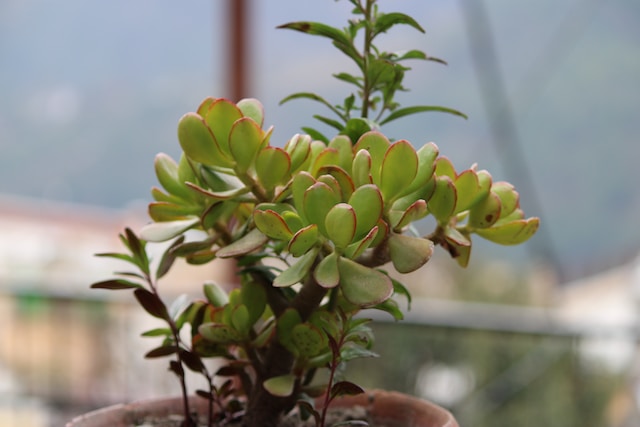
Ensuring the cleanliness of your succulents is essential, much like any other aspect of your home. As part of the care of a succulent, it’s important to note, as Caro and Rose suggest, that indoor plants tend to accumulate dust on their surfaces over time, hindering their growth. To remedy this, gently wipe the leaves and spines with a damp cloth. For areas that are challenging to reach, using a soft paintbrush can effectively remove dust and debris without causing harm to the plants. Regularly cleaning your succulents helps maintain their health and encourages optimal growth.
Protect A Succulent from Pests
Pests might not trouble indoor succulents often, but sometimes you might spot bugs. Small bugs like gnats might be drawn to indoor succulents. These pests often appear when the soil is overly wet and lacks proper drainage. To prevent a potential bug issue, eliminate eggs and their larvae by using a solution made from 70 percent isopropyl alcohol and spraying the soil.
Another pest for a succulent is mealybugs. Too much watering and fertilizer usually cause them. If you notice these bugs, move the affected plants away from others and spray them with a 70 percent isopropyl alcohol solution.
FAQS
How can I keep my succulents clean?
To keep your succulents clean, gently wipe their leaves and spines with a damp cloth to remove any dust or dirt. This helps them grow better by getting rid of anything that might slow them down.
How do I care for succulents in winter?
During winter, succulents rest, so water them less. They don’t need as much, just enough to keep the soil from drying out completely. Don’t give them fertilizer, and protect them from frosty cold—it can harm them. Keep them warm and cozy indoors if it’s too cold outside.
Can I keep a succulent outside?
Yes, it’s good to put succulents outside sometimes when it’s warm. They like the fresh air and sunlight. But if they’re usually inside, introduce them outside slowly to prevent harm to their leaves.
Succulents are amazing plants that need specific care to stay healthy. They like less water, good sunlight, and special soil that drains well. Keeping them clean and watching out for bugs is also important. By giving them the right care, anyone can enjoy these wonderful plants and help them thrive in their space.

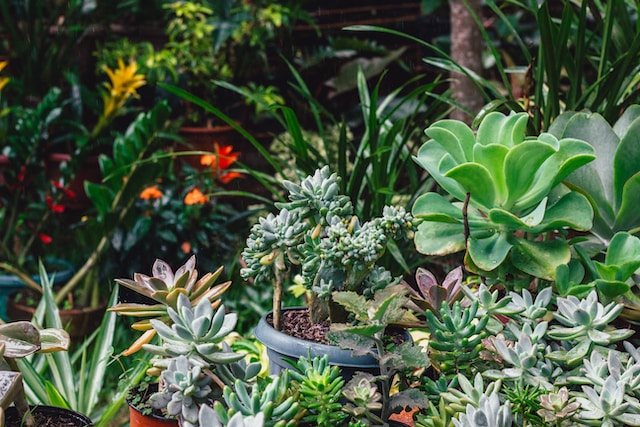
2 thoughts on “Easy Steps For The Care Of A Succulent”